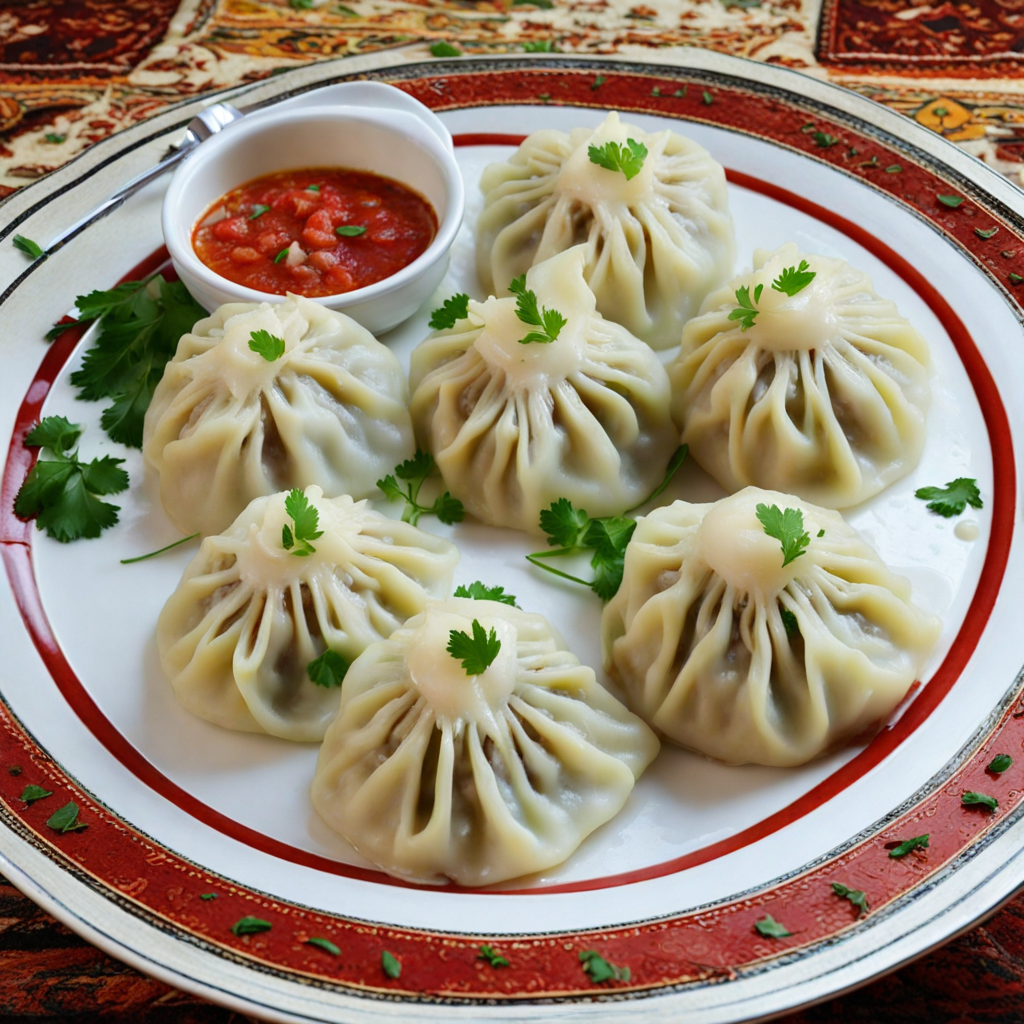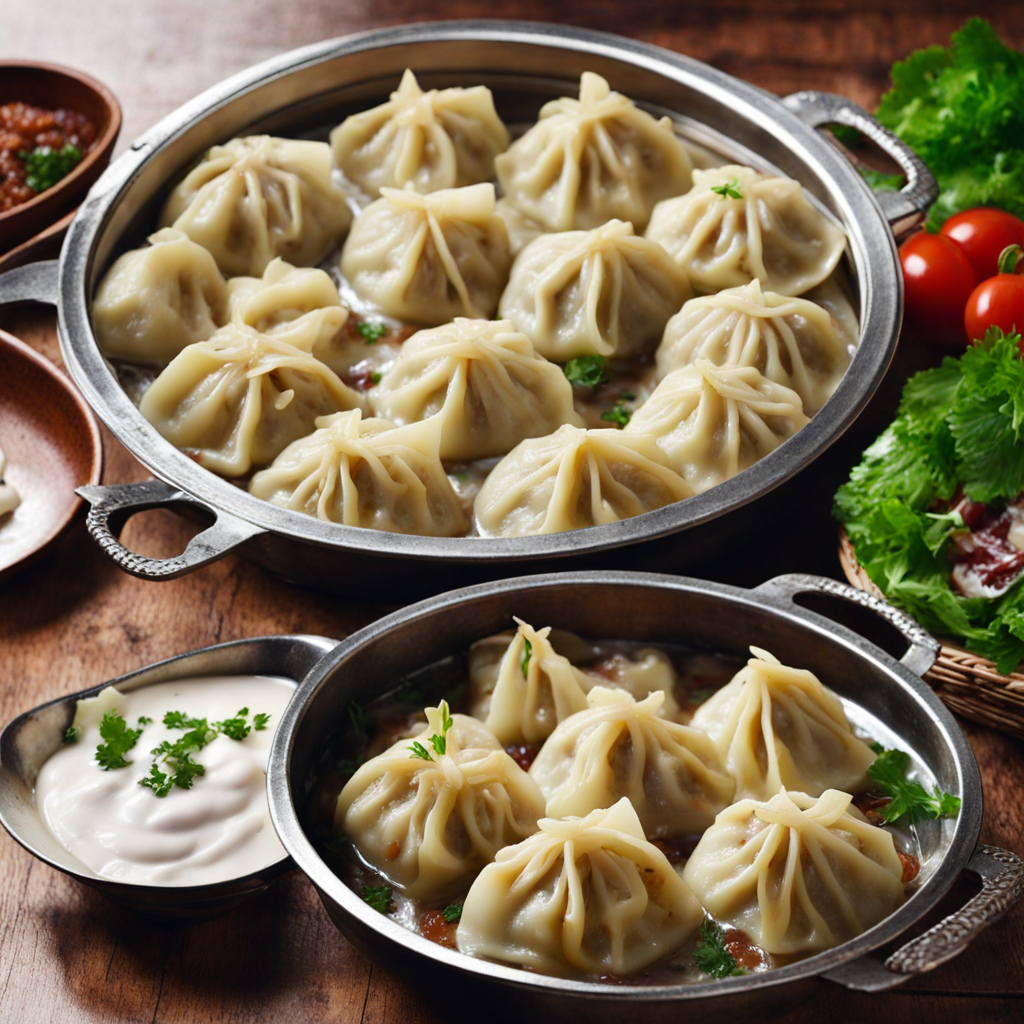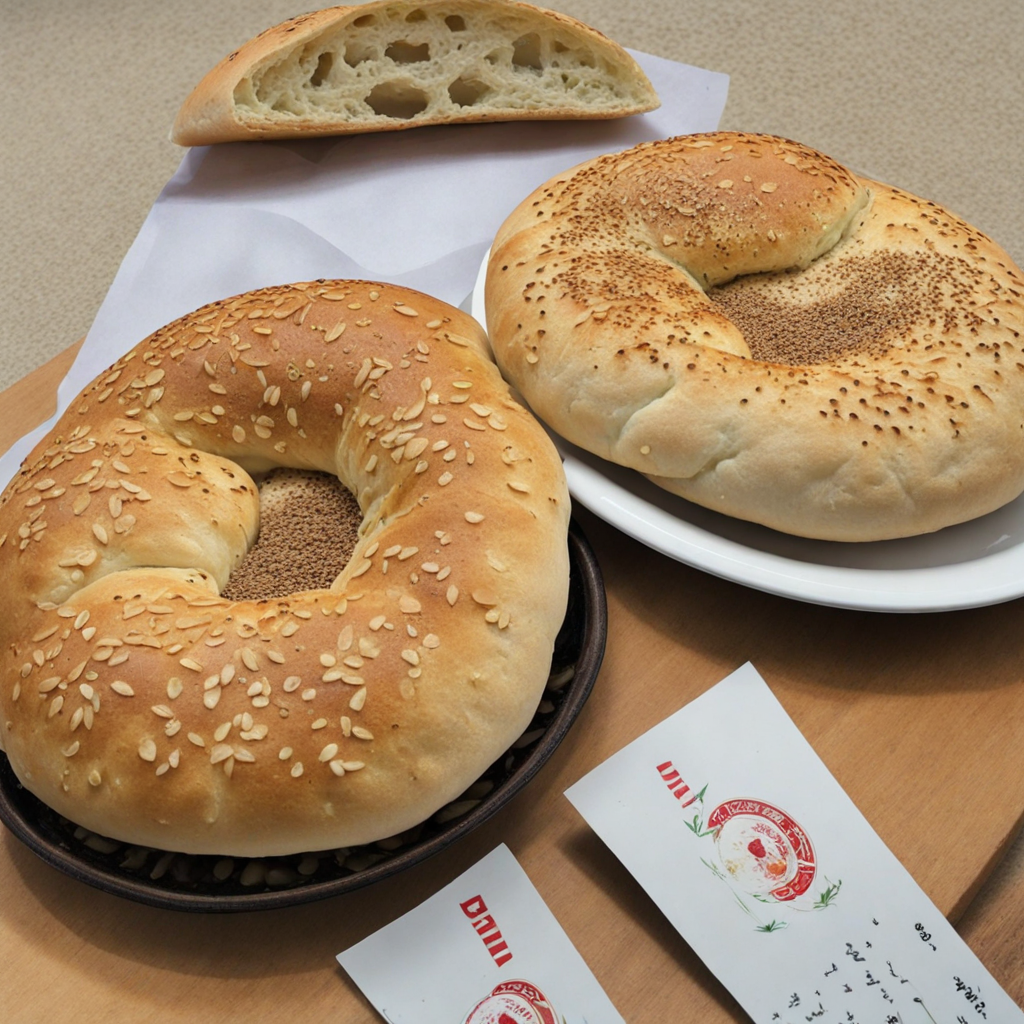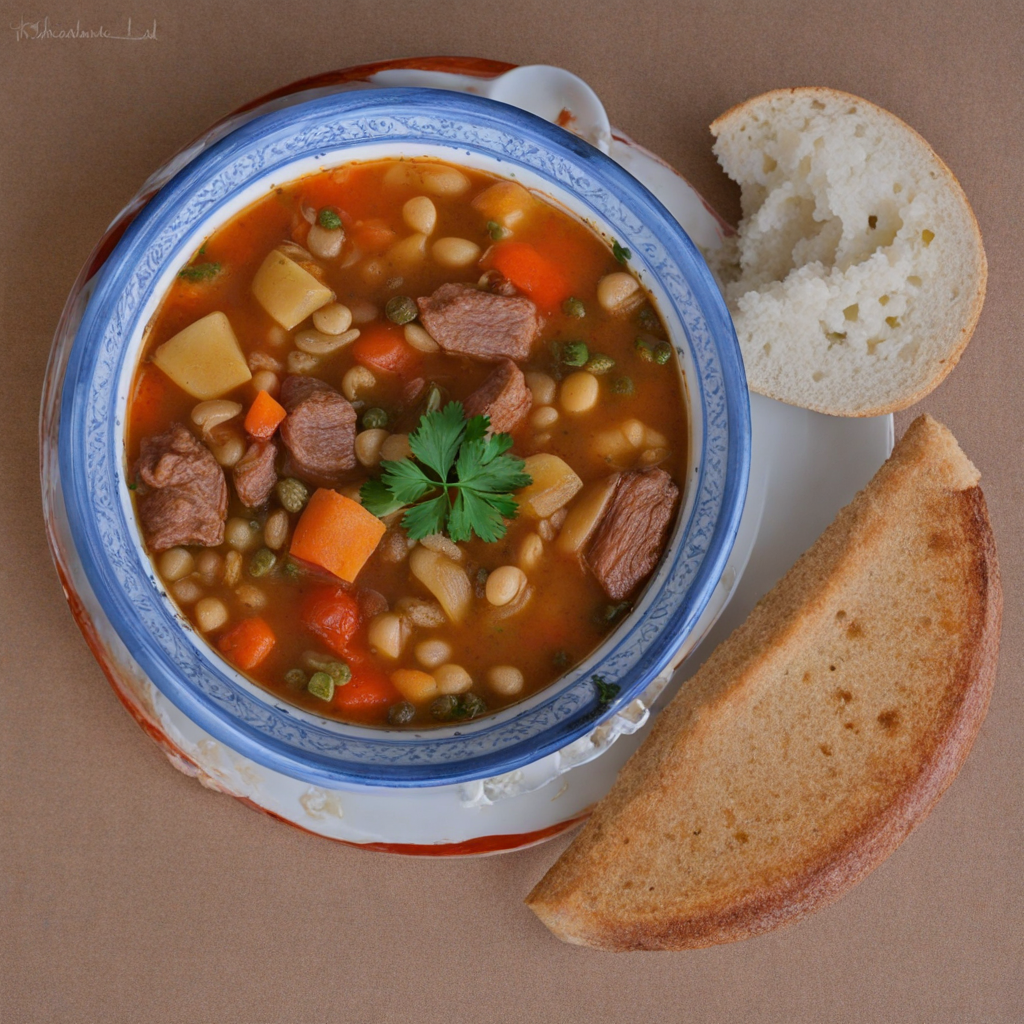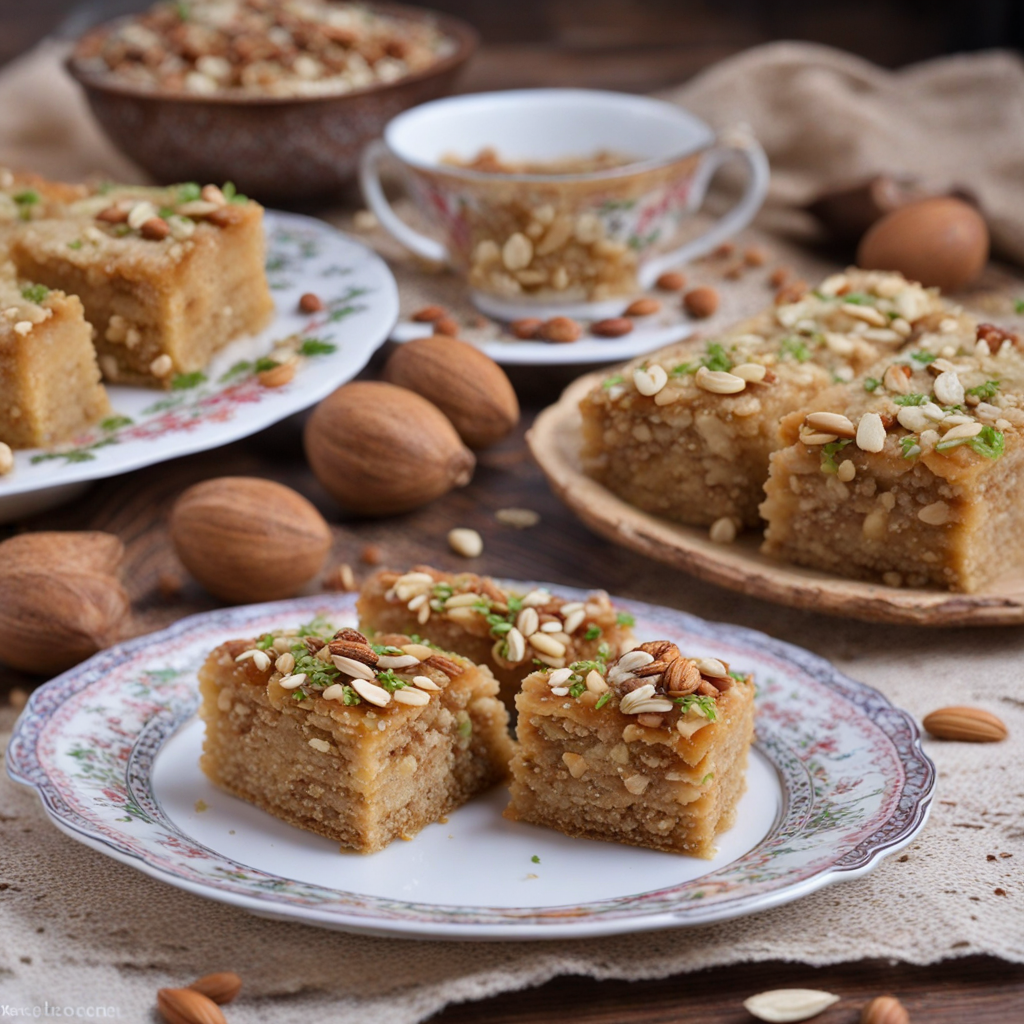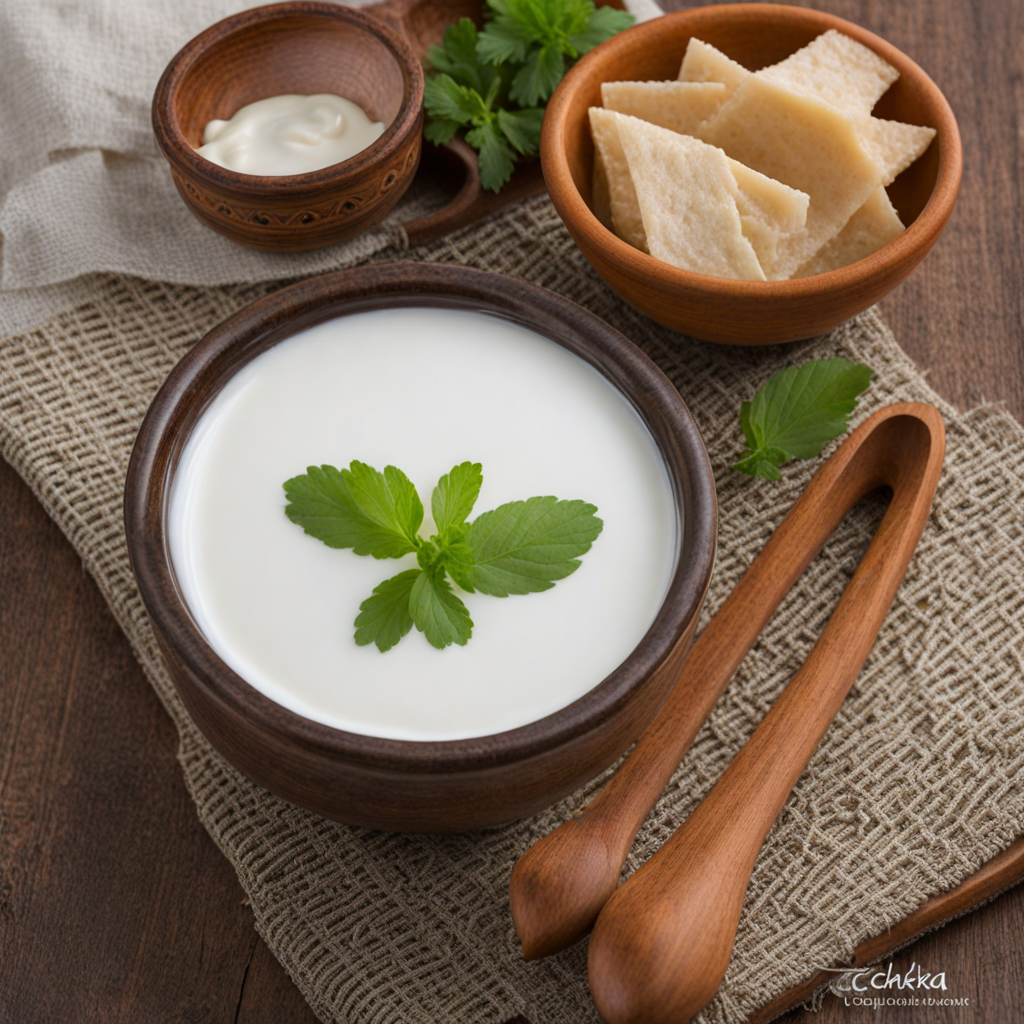Mantu
Mantu is a traditional Tajik dish that embodies the rich culinary heritage of Central Asia. These delightful dumplings are typically made from a simple yet versatile dough, which is rolled out and filled with a fragrant mixture of minced meat, commonly lamb or beef, combined with finely chopped onions and a blend of spices. The dumplings are then shaped into small parcels, expertly sealed to ensure the filling remains intact during cooking, and are often steamed to perfection. The result is a tender and slightly chewy exterior that gives way to a succulent and flavorful filling, making each bite a comforting experience.
How It Became This Dish
The History of Манту: A Culinary Gem of Tajikistan Origins of Манту Манту, or manti, is a type of dumpling that holds a cherished place in the culinary landscape of Tajikistan and the broader Central Asian region. Although its specific origins are somewhat obscured by time, it is widely believed that the dish has roots in the nomadic cultures of the Central Asian steppes, dating back over a millennium. The name "манту" is derived from the Arabic word "māntī," which refers to a steamed dumpling, likely introduced through trade routes or migrations that connected the diverse peoples of Central Asia. The early iterations of манту were influenced by various cultural exchanges along the Silk Road, the ancient trade route that facilitated not only commerce but also the exchange of ideas, customs, and culinary practices. The nomadic tribes of the region, who often relied on sheep, goat, and horse meat for sustenance, began to incorporate these ingredients into various forms of dumplings. The unique method of steaming the dumplings, rather than boiling or frying, likely took root in the mountainous terrains of Central Asia, where access to water was limited. Cultural Significance In Tajik culture, манту is more than just a dish; it is a symbol of hospitality, community, and family. Traditionally, it is served during significant gatherings, such as weddings, holidays, and other communal celebrations. The process of making манту is often a communal activity, where family and friends gather to prepare the dough, fill the dumplings, and steam them together. This communal aspect highlights the importance of togetherness in Tajik society. Moreover, манту reflects the agricultural and pastoral traditions of the Tajik people. The filling typically consists of ground meat, primarily lamb or beef, mixed with finely chopped onions and sometimes pumpkin or potatoes, showcasing the region's rich agricultural diversity. The inclusion of spices such as cumin and black pepper adds depth to the flavor, while the dough envelops the filling, creating a comforting and hearty meal. Development Over Time As Tajikistan underwent various political and social changes throughout the 20th century, the culinary practices surrounding манту also evolved. After the establishment of Soviet rule, there was a push for modernization and the incorporation of new ingredients into traditional dishes. While the fundamental preparation of манту remained unchanged, variations began to emerge, reflecting a blend of local and Soviet influences. In urban areas, where Westernization began to take hold, some families started to experiment with fillings, incorporating ingredients like chicken, fish, or even vegetarian options, appealing to changing dietary preferences. Despite these adaptations, the essence of манту as a traditional dish remained intact, often featured in family gatherings and celebrations as a nod to cultural heritage. In the post-Soviet era, as Tajikistan regained its independence in 1991, there was a resurgence of interest in traditional foods, including манту. This period saw a revival of cultural practices that had been suppressed during the Soviet era, leading to a renewed appreciation for Tajik cuisine. Chefs and home cooks alike began to explore historical recipes, ensuring that the preparation of манту remained a cherished tradition. Regional Variations and Contemporary Context While манту remains quintessentially Tajik, it is important to note that this dumpling has regional variations across Central Asia. In Uzbekistan, for instance, манту is larger and often served with a rich tomato sauce, while in Kazakhstan, the dumplings might be boiled rather than steamed. Each variant is a reflection of local tastes and ingredients, showcasing the diversity of Central Asian culinary traditions. In contemporary Tajikistan, манту holds a prominent place on restaurant menus, symbolizing a bridge between tradition and modernity. Food enthusiasts and chefs are increasingly experimenting with innovative takes on the dish, incorporating contemporary culinary techniques while respecting its historical roots. This fusion of old and new has not only revitalized interest in манту but has also made it a staple in the global appreciation of Central Asian cuisine. The Global Influence of Манту With the increasing global interest in ethnic foods, манту has begun to find its way into international culinary scenes. Food festivals, cultural exhibitions, and even cooking classes have introduced this beloved dish to new audiences. As migrants from Tajikistan and neighboring countries settle in various parts of the world, they carry with them their culinary traditions, including манту, which resonate with those seeking authentic tastes from Central Asia. Social media platforms and food blogs have further contributed to the popularization of манту, allowing home cooks and chefs to share their recipes and stories. This digital age has fostered a sense of community among food lovers, with people from diverse backgrounds coming together to celebrate and learn about the cultural significance of dishes like манту. Conclusion The journey of манту, from its obscure origins in the nomadic traditions of Central Asia to its status as a beloved dish in modern Tajik cuisine, reflects the rich tapestry of cultural exchange and adaptation. It embodies the spirit of hospitality and community, serving as a reminder of the deep-rooted traditions that continue to shape culinary practices today. As Tajikistan embraces its culinary heritage and shares it with the world, манту stands as a testament to the resilience of tradition amidst change. Whether enjoyed at a family gathering or discovered in a bustling restaurant, манту remains a delicious symbol of Tajik identity, bridging the past and the present while inviting all to partake in its rich, flavorful history.
You may like
Discover local flavors from Tajikistan


